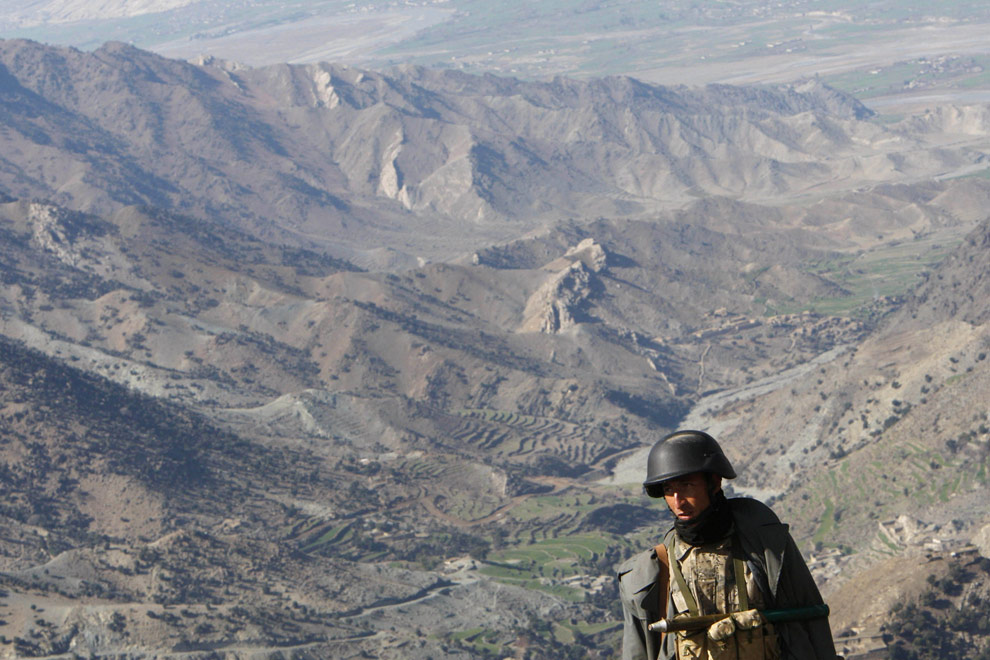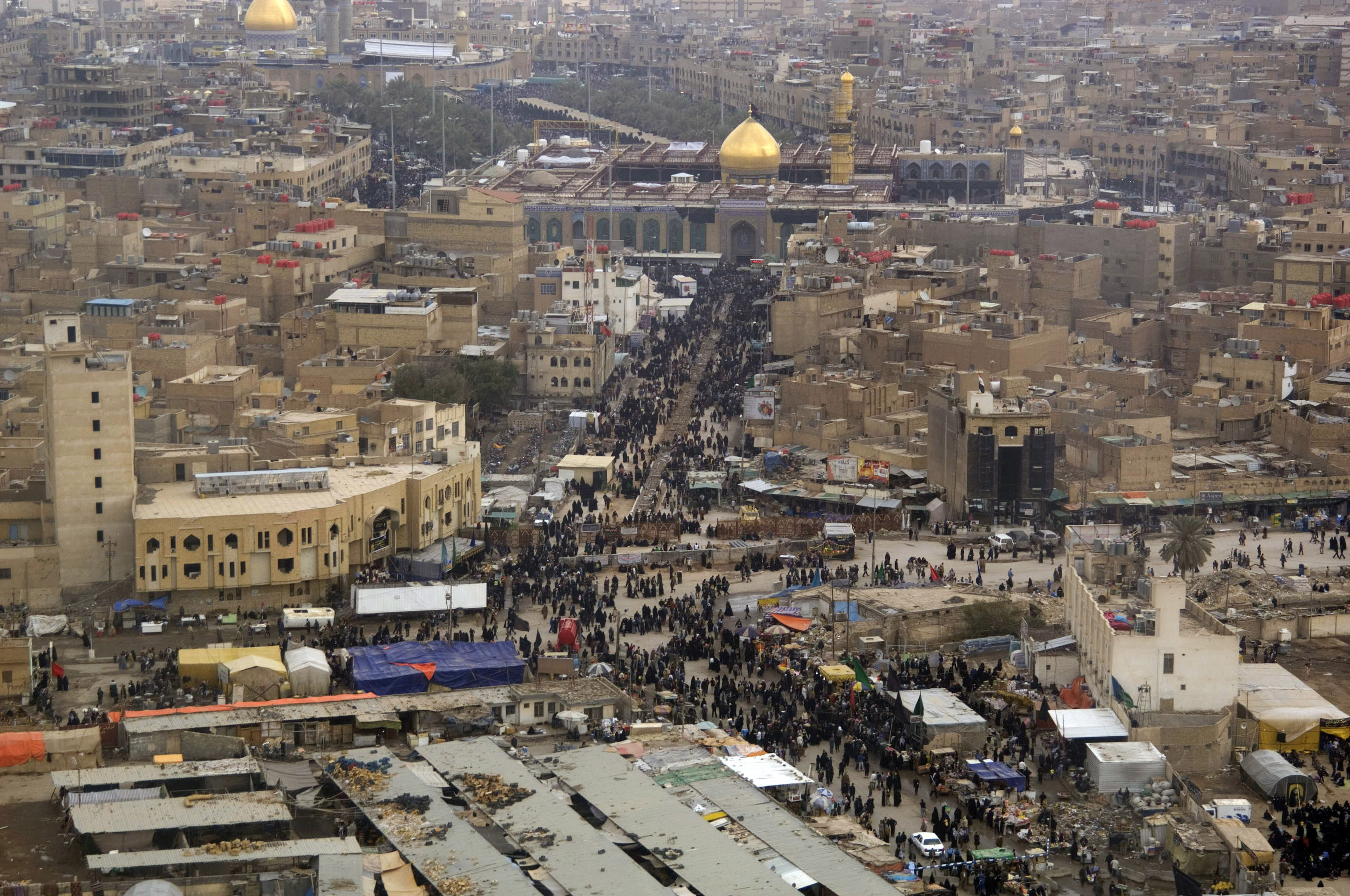Last night I took it easy and watched two movies:
The 300 Spartans, the 60s film that inspired the Frank Miller graphic novel and the recent movie
The 300, and the much more recent
Charlie Wilson's War, which tells the story of a Texas congressman who took the initiative in financing covert operations to counter the Soviet invasion of Afghanistan, with, as IMDB says, unexpected consequences. They really provided an interesting contrast in filmic style.
I saw
The 300 about a year ago and enjoyed it, though I did not think it was a particularly serious movie. Lots of perhaps unintentional laughs in that treatment of the battle of Thermopylae. Certainly in decades to come, people will kill themselves laughing at the cultural hangups revealed in the movie. But it was enjoyable. At least once.
Like Frank Miller, I saw the older movie treatment as a child and I wondered how the previous film would hold up. The answer is, not very well at all. It had its virtues: Greek landscapes, reasonably good depiction of military operations, some good sets (for instance, Xerxes' royal pavilions). The story, however, was slow and plodding and really not very much truer to the real situation than the Frank Miller version. It was a movie made up of old Hollywood clichés of character, and if you have seen enough old movies you could've written it yourself. My guess is that very few people today would write something similar from scratch. The year 1962 as seen through this particular lens, seemed a long way back.
I am not familiar enough with the small details of US policy towards the Soviet invasion of Afghanistan to critique
Charlie Wilson's War as a depiction of history, but it certainly is a modern movie. Movies go a lot faster now, they are much more efficient in setting the scene and characters and establishing plot points. Of course this movie was produced by Mike Nichols and written by Aaron Sorkin, who are consummate pros, but what they are professional at is noteworthy.
Interestingly enough, this weekend I also saw the classic British flick
Darling (1965), when Julie Christie burst upon the film scene and won an Academy award for one of her first roles. She was fabulous but so was everything else. It had that same efficiency of pacing that I noted in
Charlie Wilson's War. Perhaps someone better acquainted with the history of film could tell me how unusual those qualities were when they appeared in
Darling.As for yesterday's two films as historical films, let me quote something that a friend of mine posted at her blog two days ago.
Sandra Dodd said:
So I'm sewing and watching Brother Sun, Sister Moon, a movie [about St. Francis and St. Clare -- SM] I will love for life despite that criticism of those who can't appreciate religious-art in the form of a movie. Had it been a painting with discrepancies from the historical record, or a sculpture, or a medal, no one would care. But make it HUGE, with real scenery and real medieval buildings and costumes and music, and people say "the armor is crap" and "Clare wasn't that age," and blah blah. ART. Art.
You know, I hear a lot of that, too, and I too get impatient.
 I have a great interest in jousts, tournaments and other deeds of arms, and so does Will McLean at A Commonplace Book. Recently he's had two posts of interests pointing to late medieval rules for such things, one showing the way to a recent scholarly article on 15th century German tournament rules, the other listing and excerpting some treatises on judicial duels.
I have a great interest in jousts, tournaments and other deeds of arms, and so does Will McLean at A Commonplace Book. Recently he's had two posts of interests pointing to late medieval rules for such things, one showing the way to a recent scholarly article on 15th century German tournament rules, the other listing and excerpting some treatises on judicial duels.














